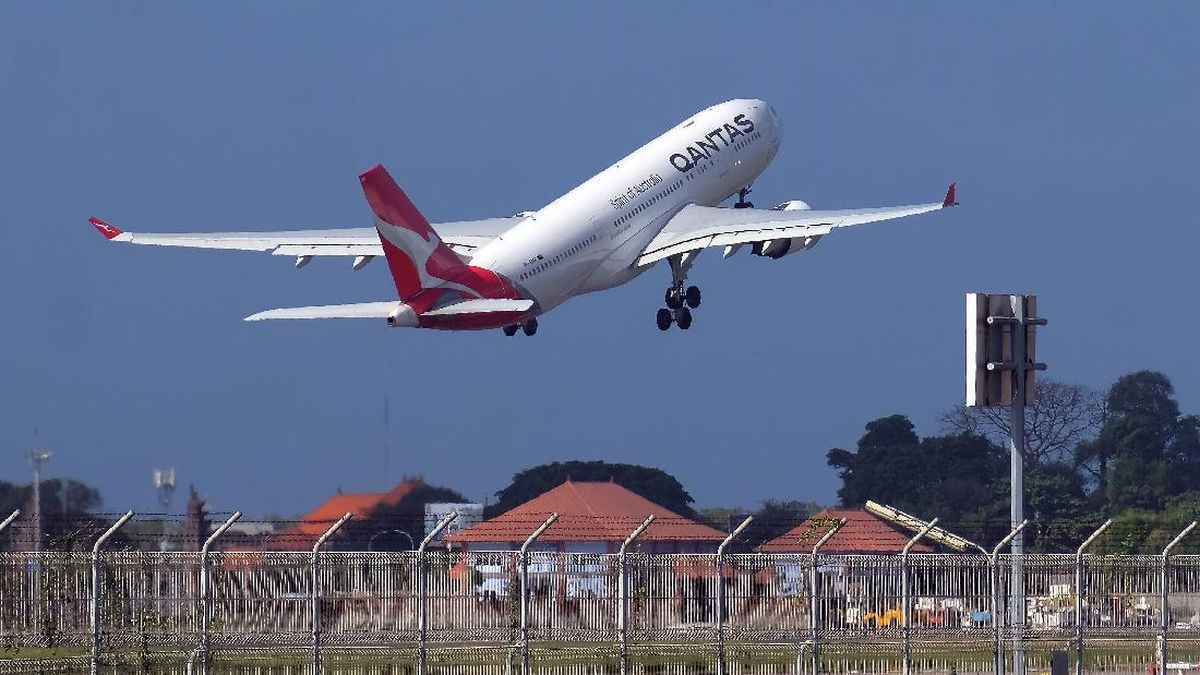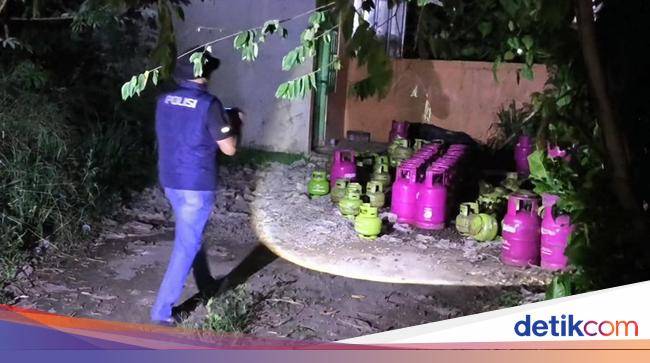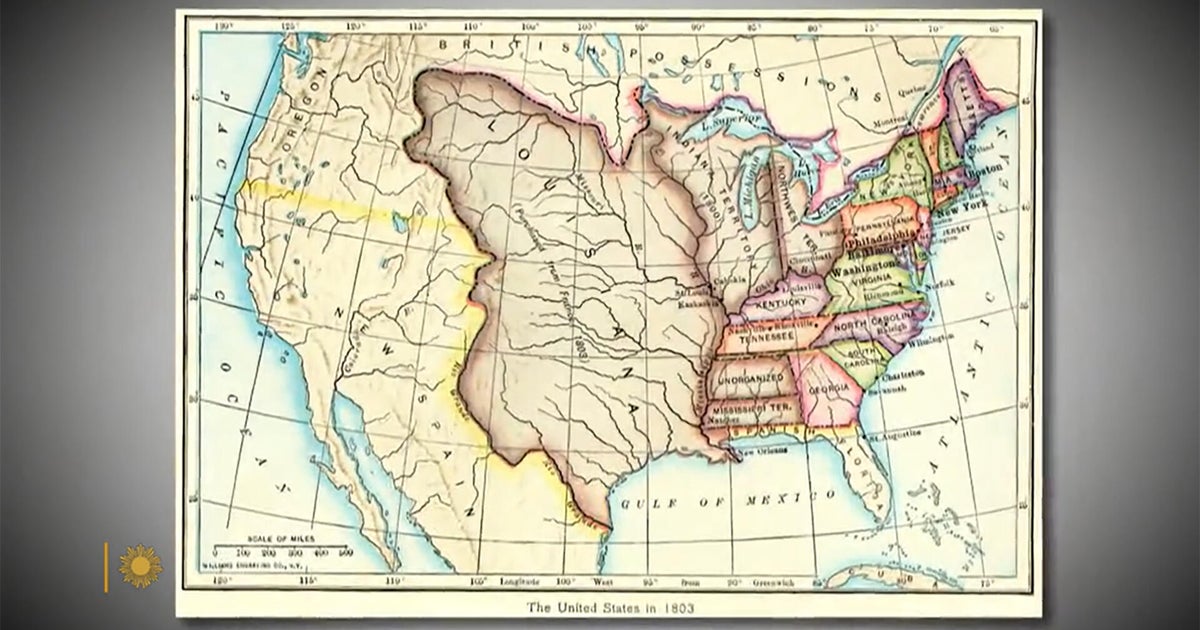The term existential threat sits oddly with Sydney’s Moreton Bay and Port Jackson figs and the many other species of trees that give life, shade, tranquillity and beauty to our city, suburbs and state, but that is precisely the catastrophe posed by an exotic tunnelling beetle.

The shot-hole borer: Know your enemy
The shot-hole borer, an eat-everything form of ambrosia beetle from South-East Asia, is highly invasive and attacks and infects more than 500 plant species around the world. The borer burrows into a healthy tree trunk and creates a maze of tunnels into which it deposits fungal spores that grow to form the beetle’s food source. Left unchecked, the fungus clogs up the tree’s vascular system, progressively killing the plant.
The insect has invaded California, Israel and South and now has a foothold in Australia.
In 2021, the borer’s discovery in box elder maple trees in a Perth backyard triggered Western Australia’s largest and most complex biosecurity response, with 2.6 million trees inspected and 4500 cut down. But the west failed to eradicate the beetle and now, as a consequence, the eastern states must steel themselves for invasion.
The borer has tiny wings that allow it to fly short distances, but it can hitch a ride on garden waste, firewood or chipped mulch – it is not difficult to image campers crossing the Nullarbor and heading to Sydney with a load of infected firewood. In addition, the female beetle has a deadly advantage – she can produce offspring without a mate and start a whole new colony on her own.
Loading
Plant pathologist and chief scientist of the Botanic Gardens of Sydney, Professor Brett Summerell, has sounded the alarm over the urgent biosecurity threat the beetle poses to Sydney’s trees and the native species in the warm coastal forests of the NSW. “I was just starting to do the numbers, and thinking about how much impact this could have if it got here was just absolutely devastating,” he said. “We have a lot of heritage figs in the botanic gardens, Centennial Park, Hyde Park, pretty much in every major park and garden within Sydney is heavily populated with fig trees, which seem to be extremely susceptible to the beetle.”
As are plane trees, box elder maples, ash, elms and oak and fruit trees, including mango, macadamia, avocado and apple.
Since European settlement, Australia has been a home away from home for invasive animal and plant species. The newcomers brought cats, pigs, goats, foxes, cattle, buffalo, camels, cane toads and, most notoriously, rabbits, blackberries, lantana and prickly pear. Red fire ants, native to South America and potential killers, were discovered in northern NSW in January 2024 in turf brought in from Queensland.
On Wednesday, a new colony was found at Tweed Heads by a vigilant pest controller. It is a fine example of individual role to be played combating invasive species – people can familiarise themselves with symptoms of shot-hole borer infestation and report suspected sightings to the Department of Primary Industries biosecurity hotline.
Bevan Shields sends an exclusive newsletter to subscribers each week. Sign up to receive his Note from the Editor.


















































